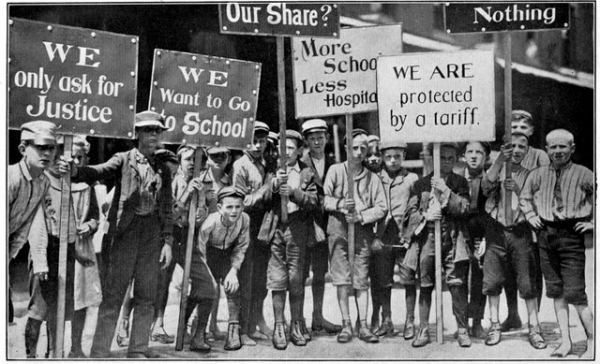BRATTLEBORO — As long as formal schooling has been a part of our ethos, it has reflected the culture and bias of its time.
U.S. schools are a unique institution because most everyone attends, so we have a basis on which to compare and contrast educational experiences through the decades.
From the founding of our state to the mid-1800s, most schools were one-room schoolhouses built in villages throughout Vermont. Most often, they had 20 students (or fewer) and one teacher who taught small groups of children and all grade levels, from grade 1 through to high school.
Teaching students was no small task, as there were times when children might not attend school for months on end as they were needed at their families' farms for harvesting and planting.
At that time, and into the early 1900s, teachers were required to be single, be reputable, and to have completed their own education, though no education past high school was required.
Teachers were forbidden to show their ankles, cut their hair short, or keep company with men other than those who might escort them to church on a Sunday morning.
These requirements reflected the morals of society at the time. The public wanted their children to be in the company of (mostly) women, who acted as society required. Teachers were usually young and had no formal schooling beyond their own experience in school.
* * *
In the late 1880s, the Vermont Legislature realized that the quality of education in the state varied by town, owing to the fact that the wealthier towns could provide more quality teachers. Property taxes equalized the quality of education throughout the state. One can imagine such taxes were not entirely universally welcomed.
In the late 1800s to early 1900s, some Vermont towns built factories where children were allowed to work from the age of 12, though some parents lied about their children's ages to gain employment for them.
Recruitment in Vermont for girls to be sent to factories in Massachusetts from the age of 12 was also a part of life in Vermont at that time.
In a letter from Lowell, Mass. to her Vermont family, one girl wrote the verses to a song sung to the tune of Auld Lang Syne. The first verse went:
§Come all you cotton factory girls,
§attend to what I say,
§and I will represent a factory life,
§as it appears today.
§The bread is stale, and the butter too,
§The meat is old and tough,
§In fact the whole is very poor,
§And we don't get half enough.
Earning a wage was deemed more important than education at this point in time, but change would come.
* * *
In 1906, The Bitter Cry of the Children, a book written by John Spargo emerged on the scene.
It argued that “the children of working mothers living in poverty, as well as young children themselves who worked in the mills and mines were suffering greatly,” as described by a lesson plan from the Vermont Historical Society about the work of Spargo, a muckraker from Bennington.
Spargo's purpose in writing the book was to educate America to the evils of child labor.
“Years of careful study and investigation have convinced me that the evils inflicted upon children by poverty are responsible for many of the worst features of that hideous phantasmagoria of hunger, disease, vice, crime, and despair which we call the Social Problem,” Spargo wrote in the preface.
“I have tried to visualize some of the principal phases of the problem - the measure in which poverty is responsible for the excessive infantile disease and mortality; the tragedy and folly of attempting to educate the hungry, ill-fed school child; the terrible burdens borne by the working child in our modern industrial system,” he continued.
One can imagine that not everyone in the United States agreed with that opinion, but - again - societal mores were shifting more toward an education for all.
But the debate went on for years.
By 1938, a national law, the Fair Labor Standards Act, addressed not only minimum wages, but also child labor, prohibiting children under the age of 16 from working in factories.
A look back through old newspapers shows debate about changes as they came along - property taxes, child labor, and the quality of education - as there is today.
And through these changes in the lives of families and children, public schools were adapting to the realities of the kids and their lives. And there was always a healthy tension: some got to decide what it meant to have an education, while the people doing the educating pivoted to meet the needs of the kids in the classroom that day.
* * *
Fast forward to 2022, and the discussions surrounding education lean more toward discussions of banned books and LGBTQ+ issues and “woke schooling” or “critical race theory.”
People often believe that schools create cultural change, but often the opposite happens. What we teach our children reflects the thoughts and feelings of a society in an era. It's always worked that way.
And it's happening in our society now.
When a child arrives in school, sharing thoughts about the picnic they had with their two mothers or two fathers, teachers need to accept that child's family, just as they needed to accept the child who worked at home on the farm.
History does indeed repeat itself.
